Our first stop, as always, was the Visitor Center. Displays provide background information about the Ancestral Pueblo culture that occupied the region from AD 500 to 1300.
Archeological research has found that the people who lived here were farmers who cultivated fields on the mesa top. They created black-on-white pottery and mined turquoise used for barter with others. But, they are primarily known for their remarkable stone masonry and adobe structures. Here, there are elaborate cliff dwellings, multi-storied pueblos, and towers.
We picked up a guide to the Little Ruin Trail (2-mile loop hiking trail) that starts at the rear of the visitor center. From the first overlook we came to, you can see three of the archeological sites in the Little Ruin Canyon (clockwise): Twin Towers and Rim Rock House were built on the canyon rim while and the Eroded Boulder House was built in the canyon.
From this vantage point we could also see Tower Point. The lovely yellow cliff rose grows in abundance here.
Stronghold House (below) is the upper story of a large pueblo. Also shown is a portion of the Stronghold Tower. Along the trail we saw lots of lizards, but this handsome collard lizard stayed in one place long enough for me to get a snap.
The trail drops 80’ into the canyon, providing views of the ruins from below. This is a dog-friendly trail (leashed) and our sweet girl, Sadie, had a blast sniffing everything in sight.
We saw this strange black moss (or is it a lichen) everywhere. I had never seen it before...
Sadie likes to be first when we are on a trail, but she always knows the way. And sometimes, she helps pull me up a steep incline. It’s great!
In total, the Twin Towers had 16 rooms. One tower is oval and the other horse-shoe shaped. Both are built on the native bedrock and their walls almost touch.
The Rimrock House was likely not a place where anyone lived. A two-story, rectangular structure with peepholes built at various angles, its purpose is not known.
Looking north from Rimrock House, we could see Hovenweep House (the center of a the large Pueblo village). In the canyon below are the ruins of Round Tower, a perfectly circular structure that was likely two stories tall.
Continuing on the Little Ruin Trail, the Square Tower and Hovenweep Castle came into view.
Hovenweep Castle is the largest structure at the park and consists of two D-shaped towers. It is situated on the rim of Little Ruin Canyon and a cliff dwelling was built in an alcove below it (accessible by hand-and-toe holds notched in the cliff wall). The two-story tower is built on a large sandstone boulder and is a slight spiral shape. The trail continues along slickrock and is clearly marked with stones.
About 18 miles southeast of the canyon is Sleeping Ute Mountain named for the reclining form of a Ute chief. Legend says that the Chief will one day rise again to reclaim the land to its native inhabitants.
I always enjoy getting a few snaps of indigenous plants and flowers.
We really enjoyed learning more about and seeing the amazing masonry work of the Ancestral Puebloans who lived here 800 years years ago. Their workmanship has enabled these structures to survive these many years. The National Park Service continues to work to preserve the ruins with stabilization efforts.
If you find the Ancestral Pueblo culture as interesting as I do, you will love this place. You can drive to other locations in the park, but we spent our time here at the Little Ruin Canyon. For additional information about Hovenweep, go to www.nps.gov/hove.
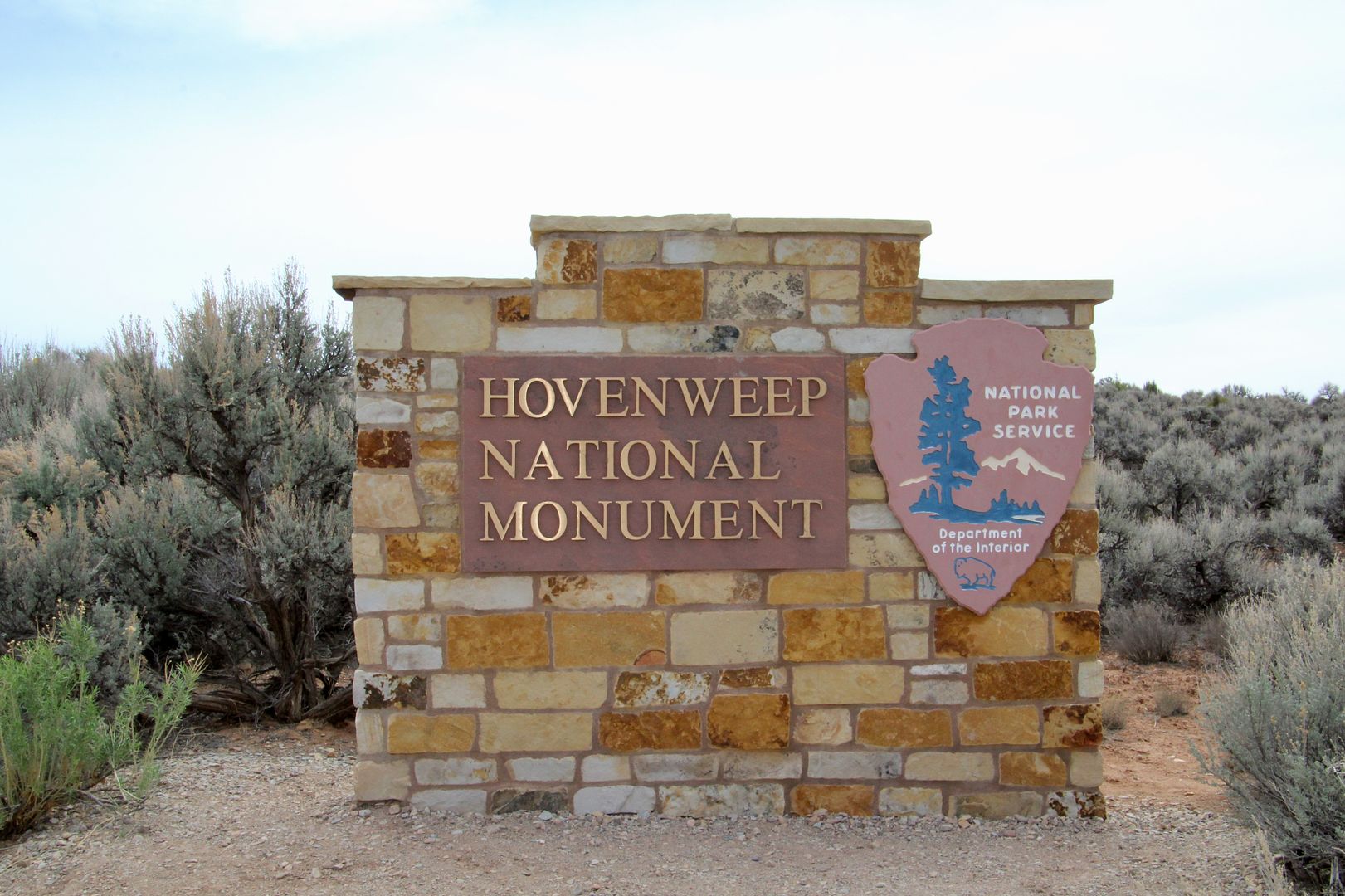

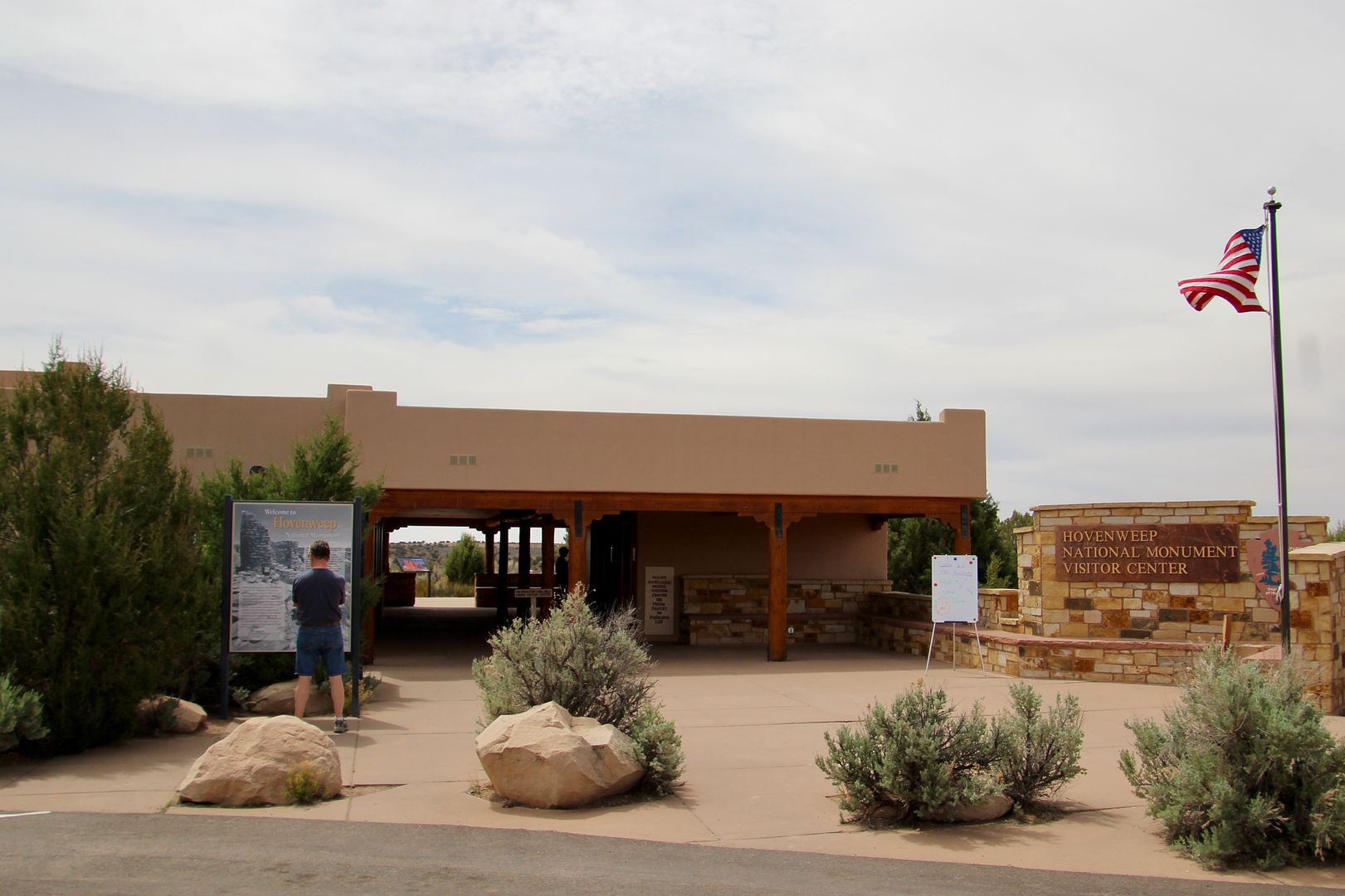

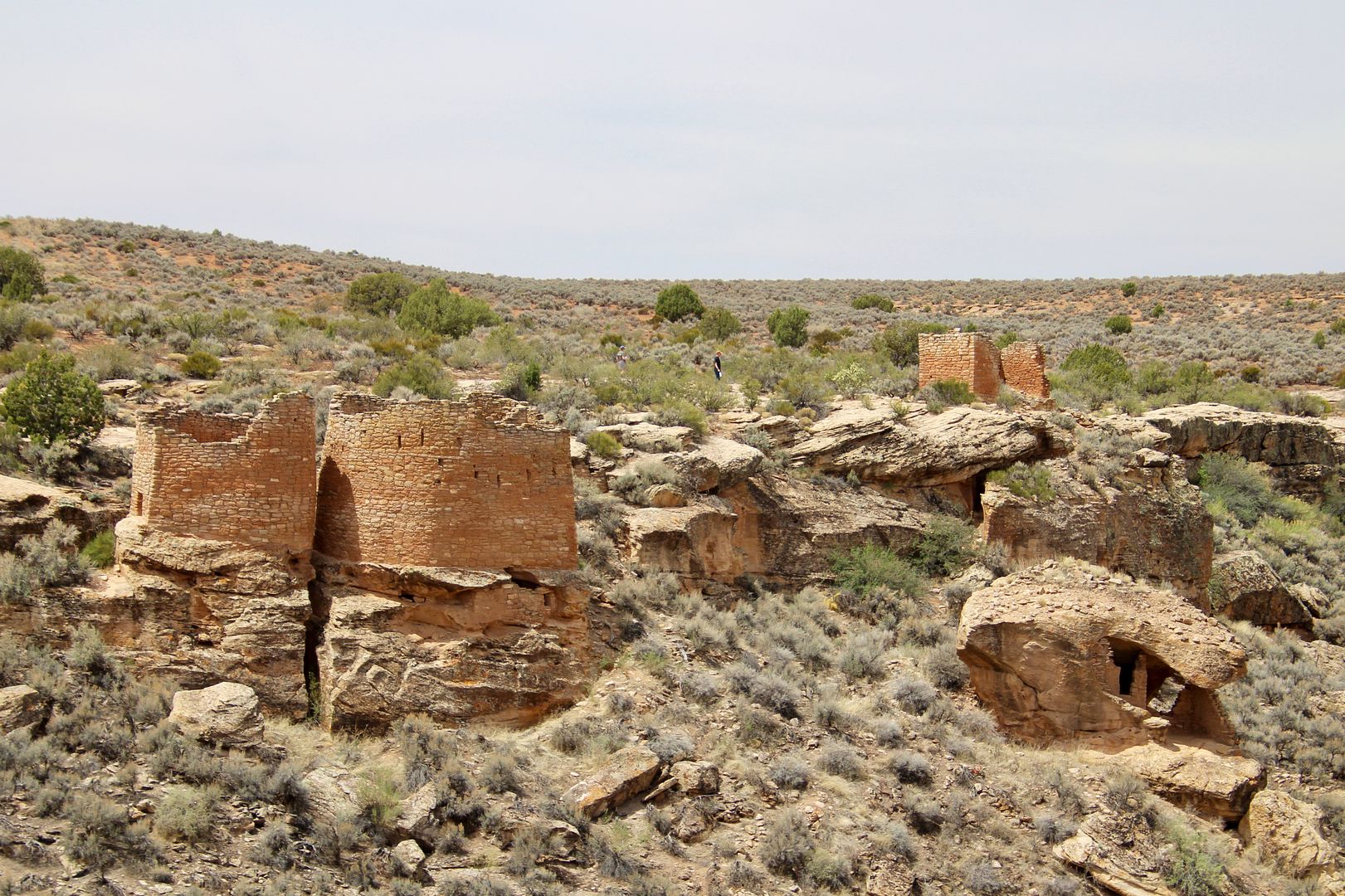
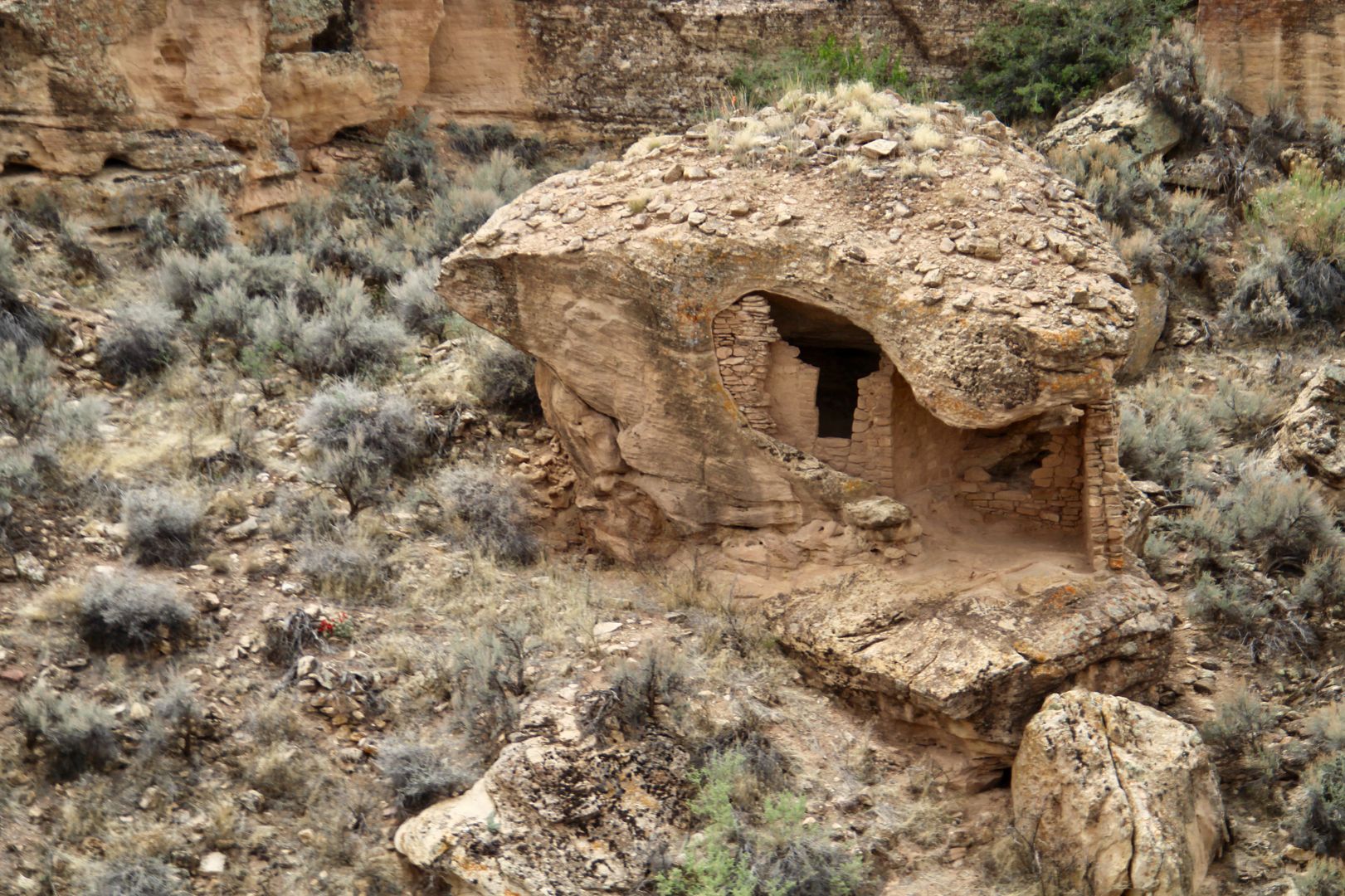
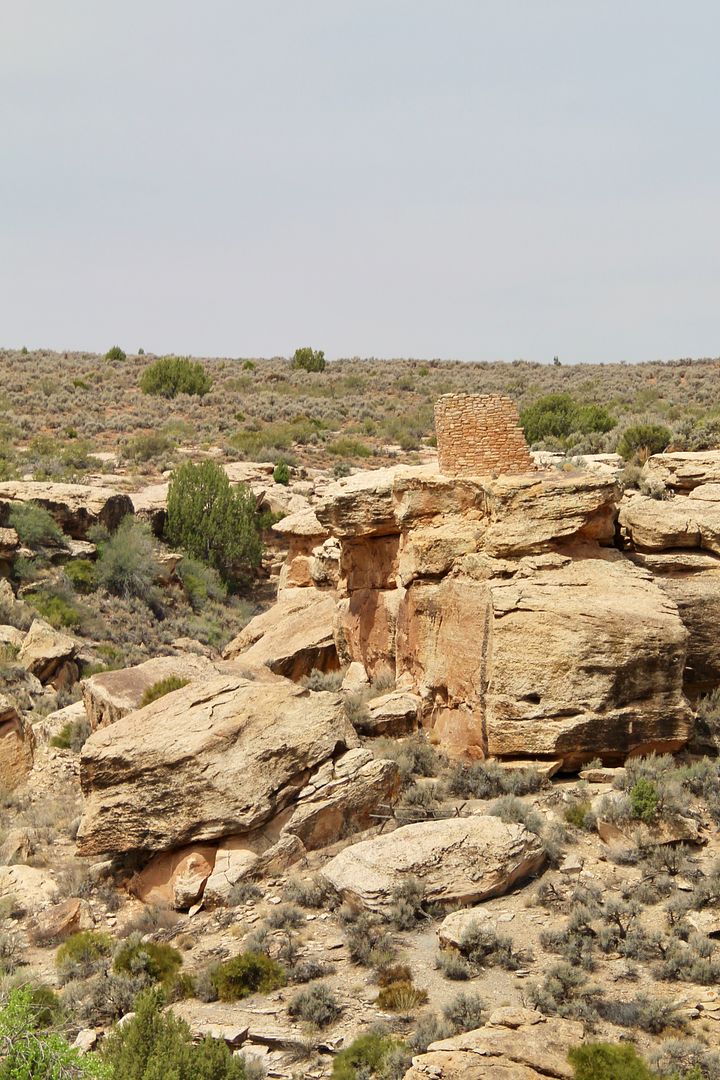
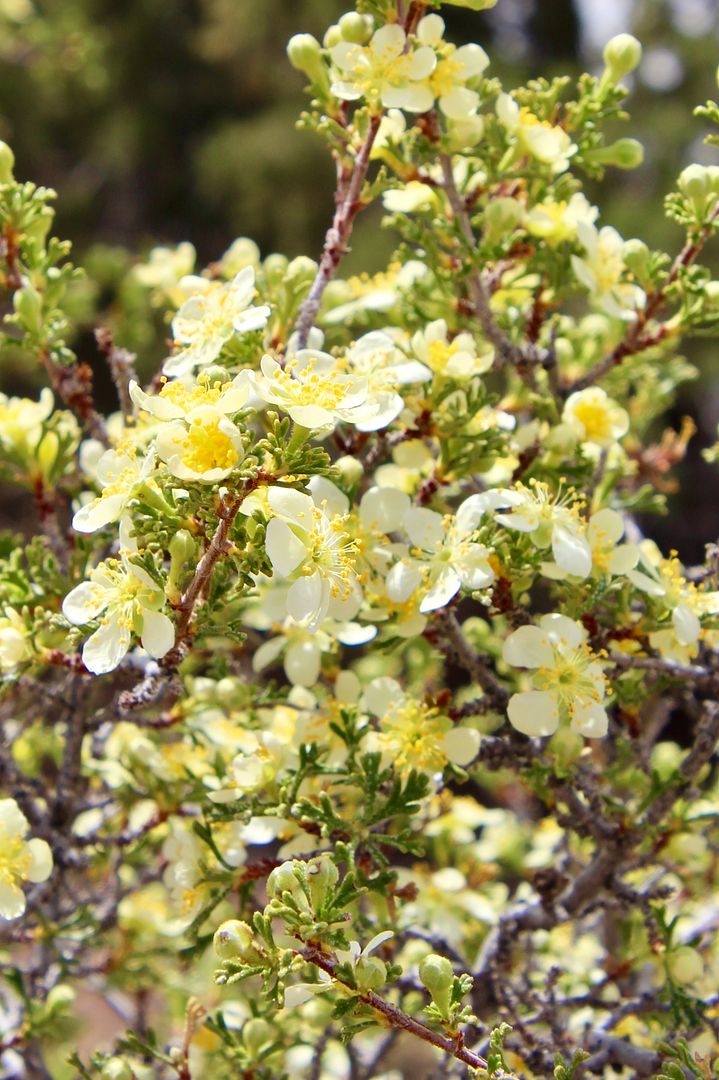
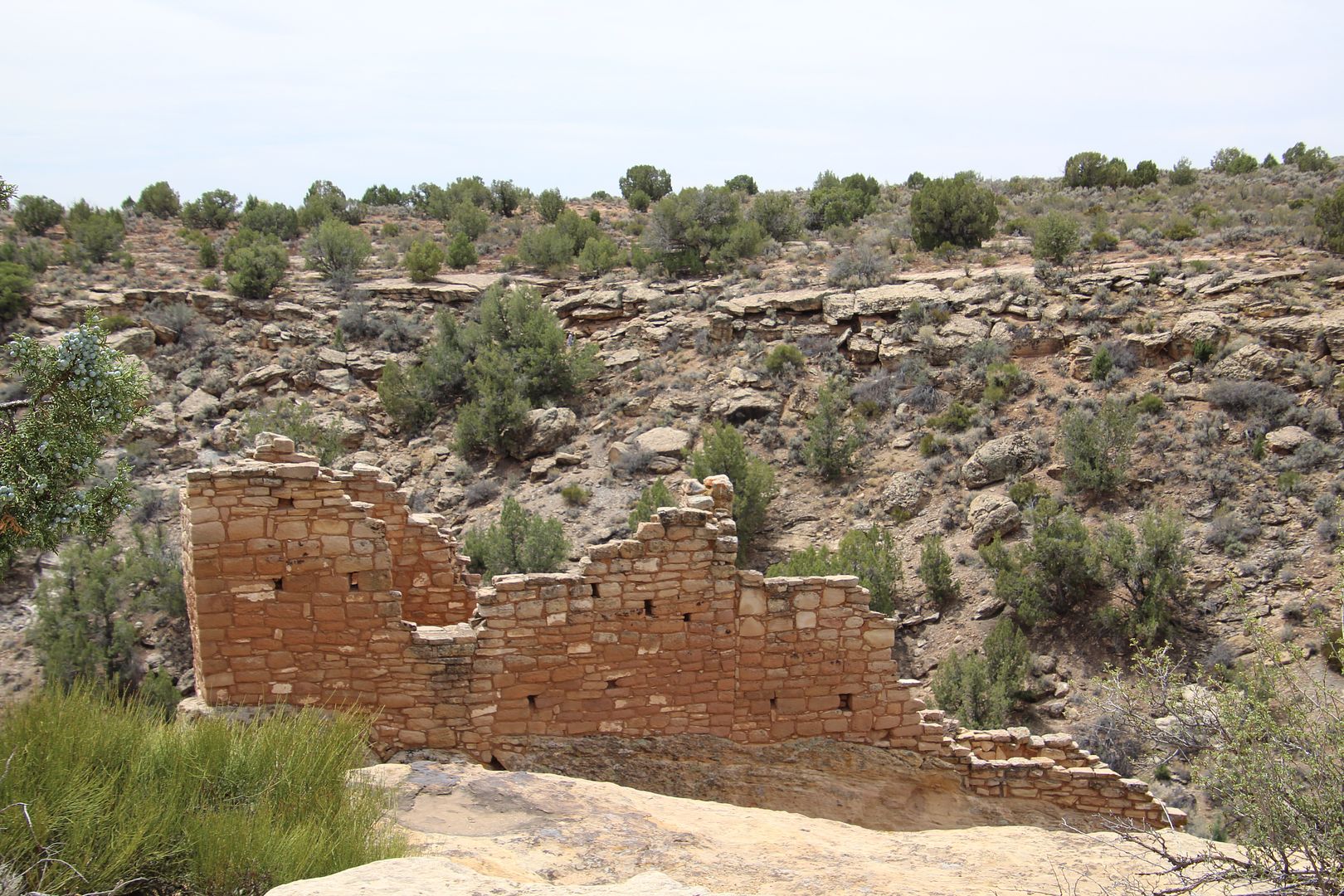

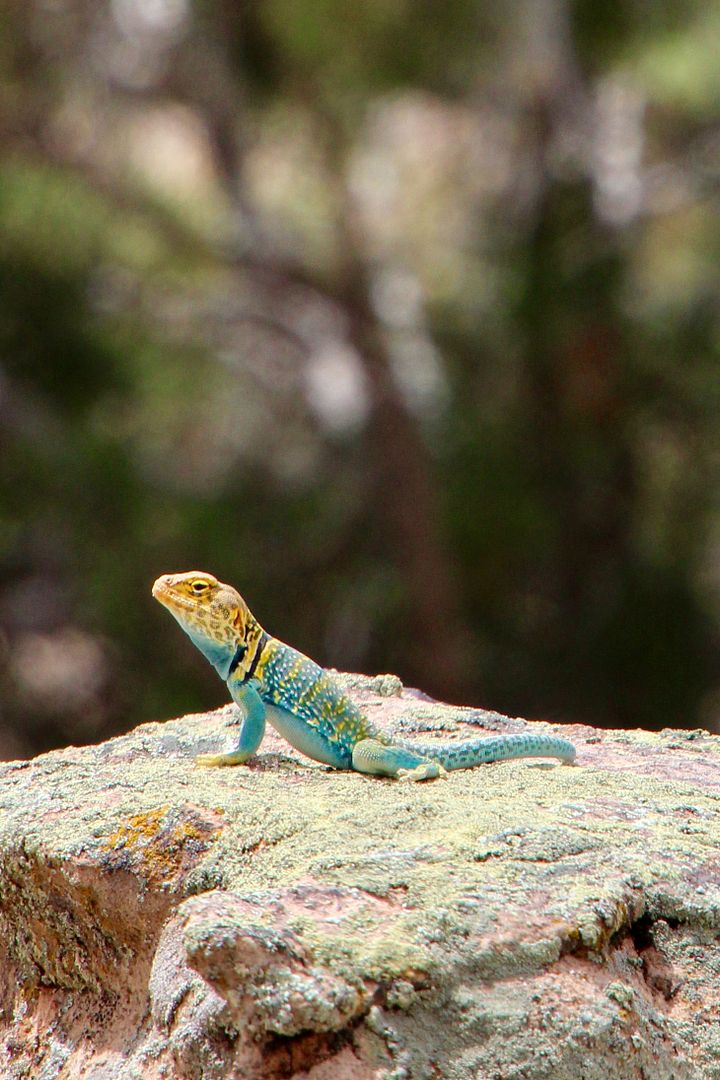
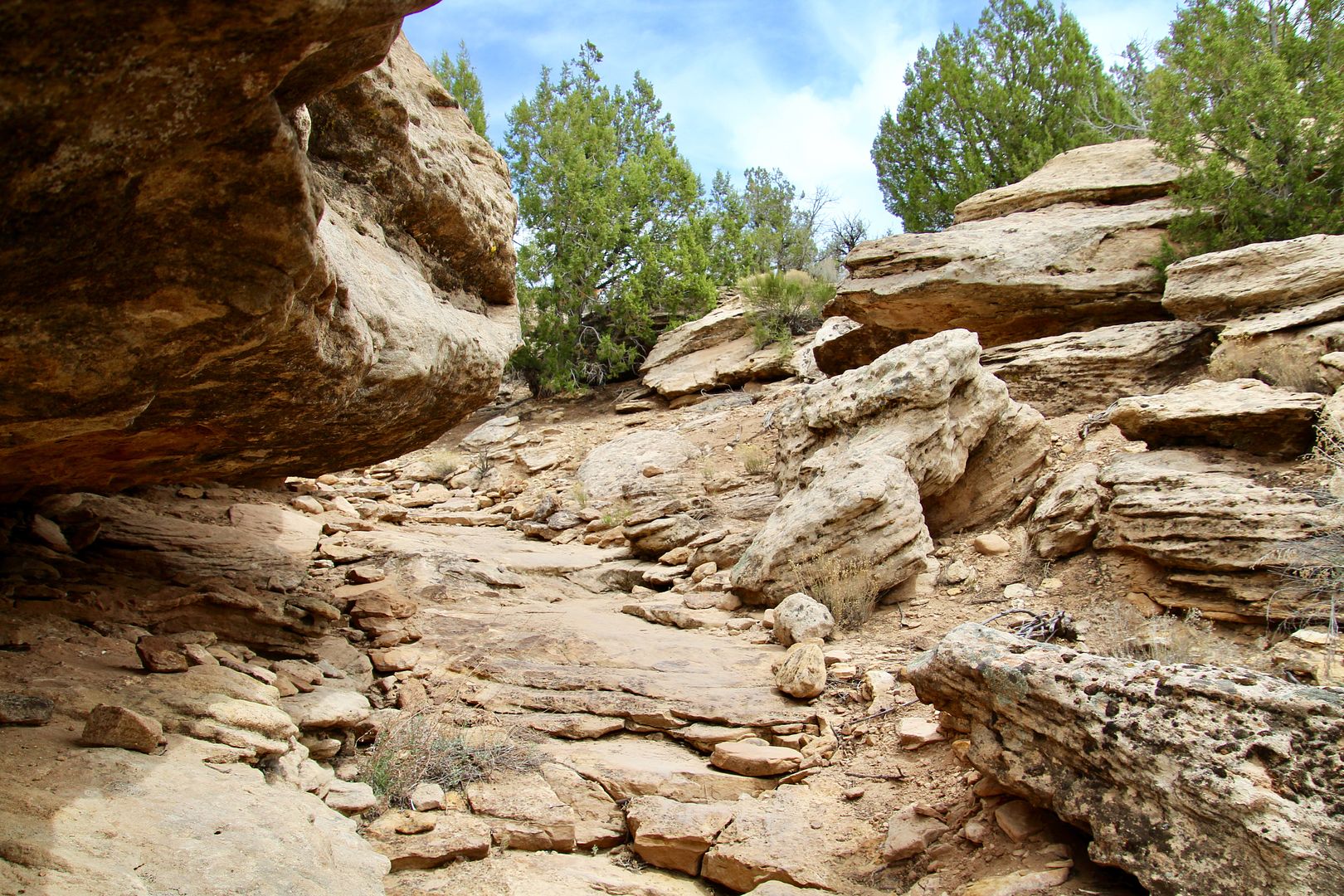
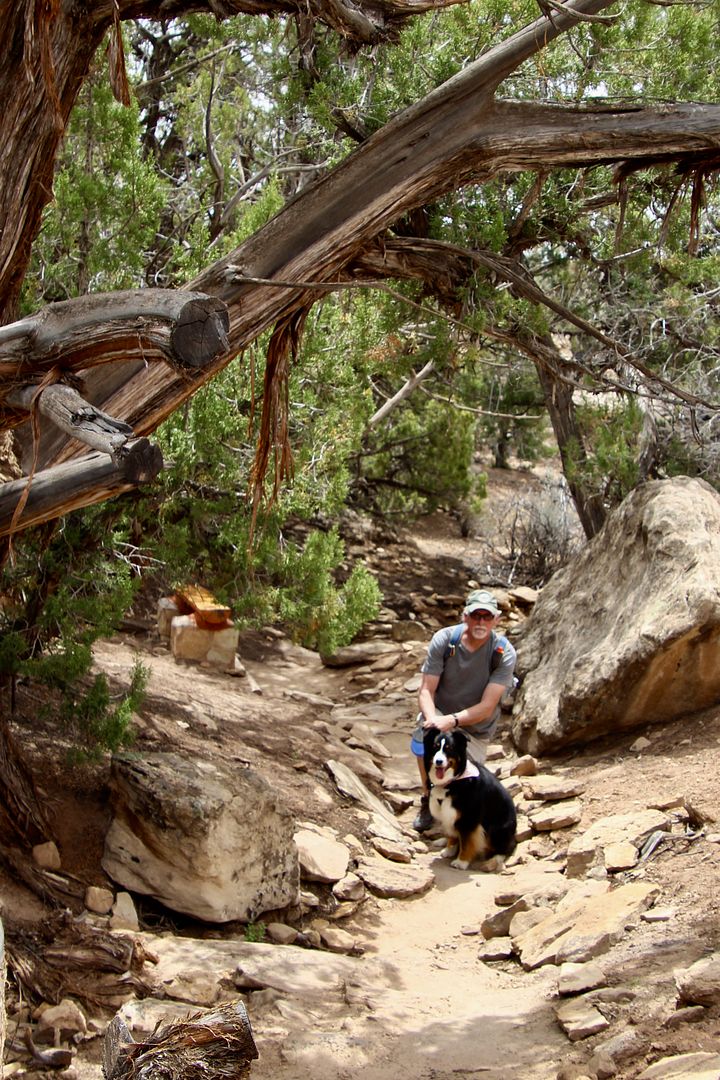
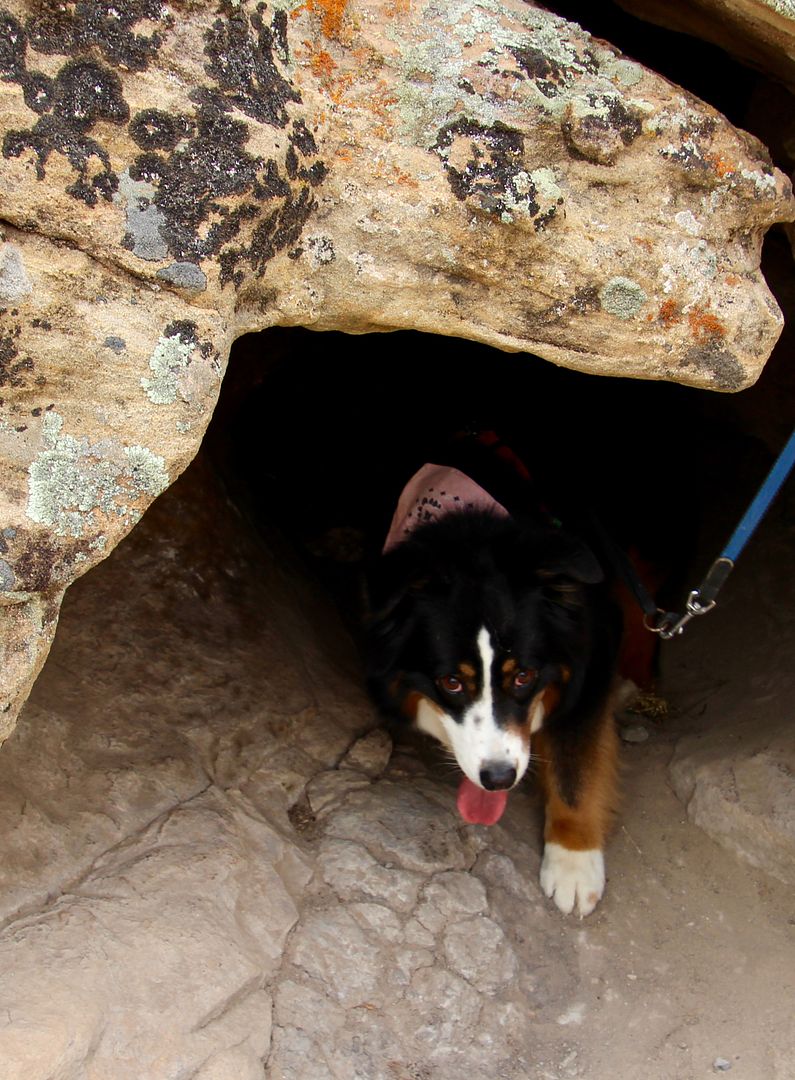
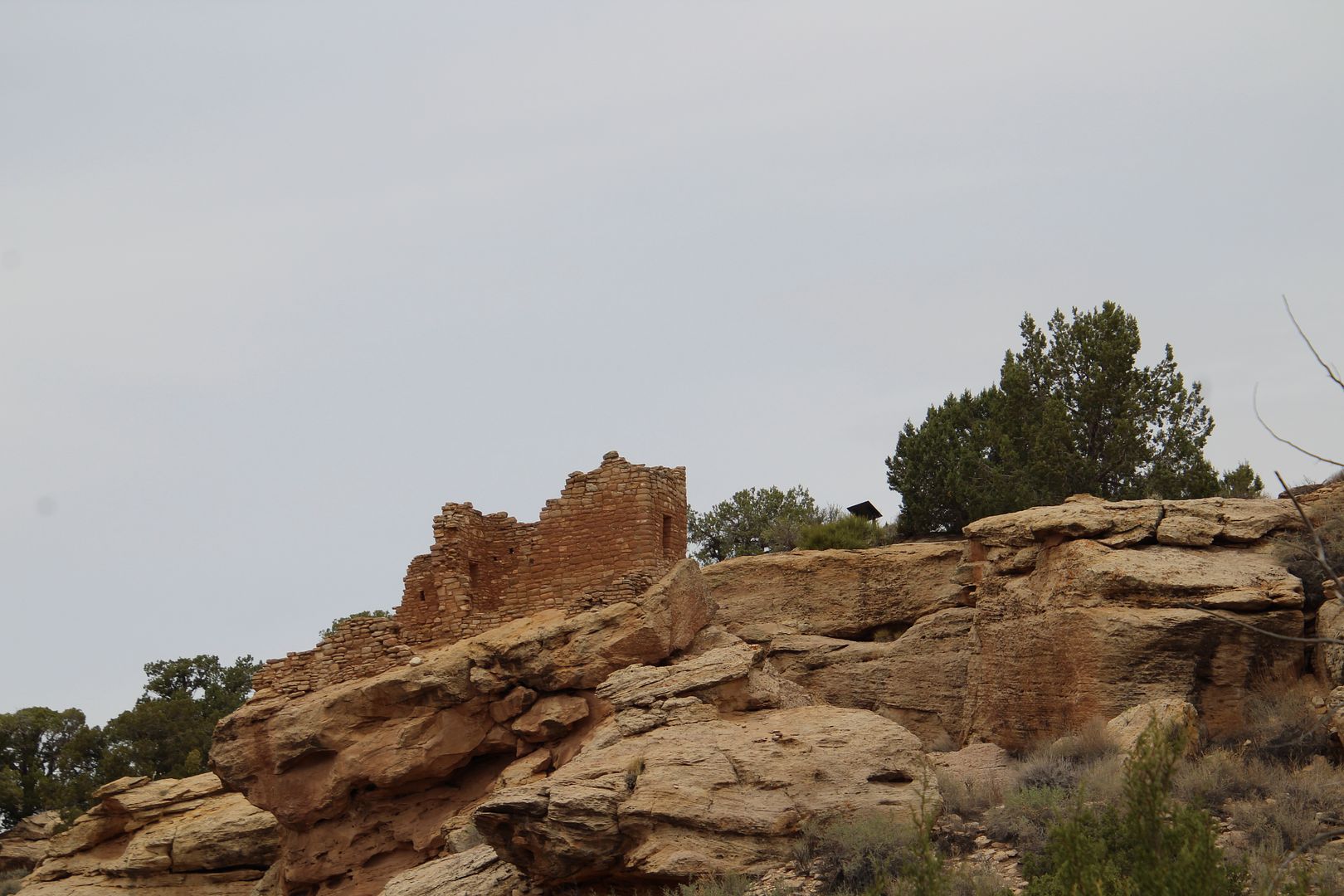


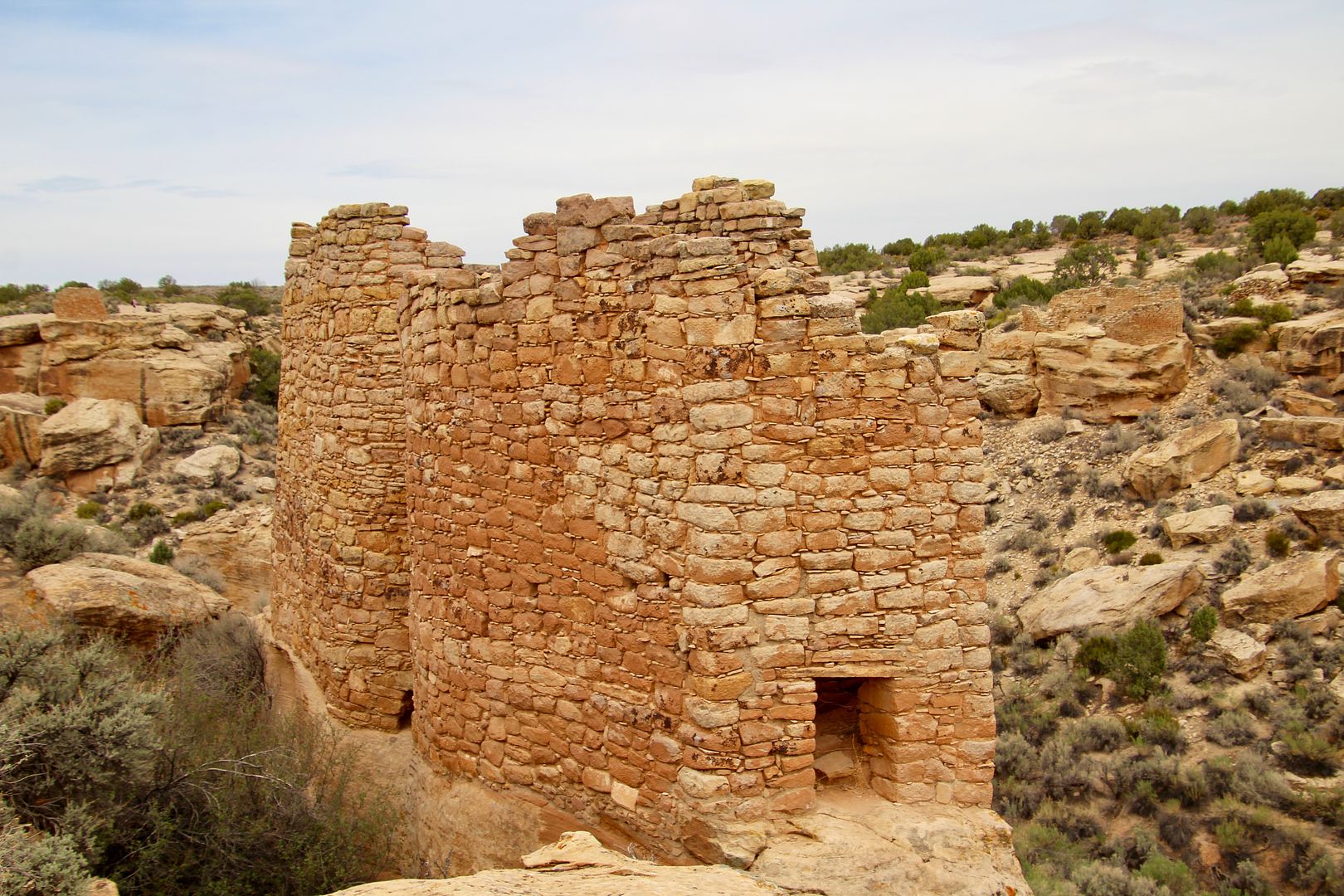

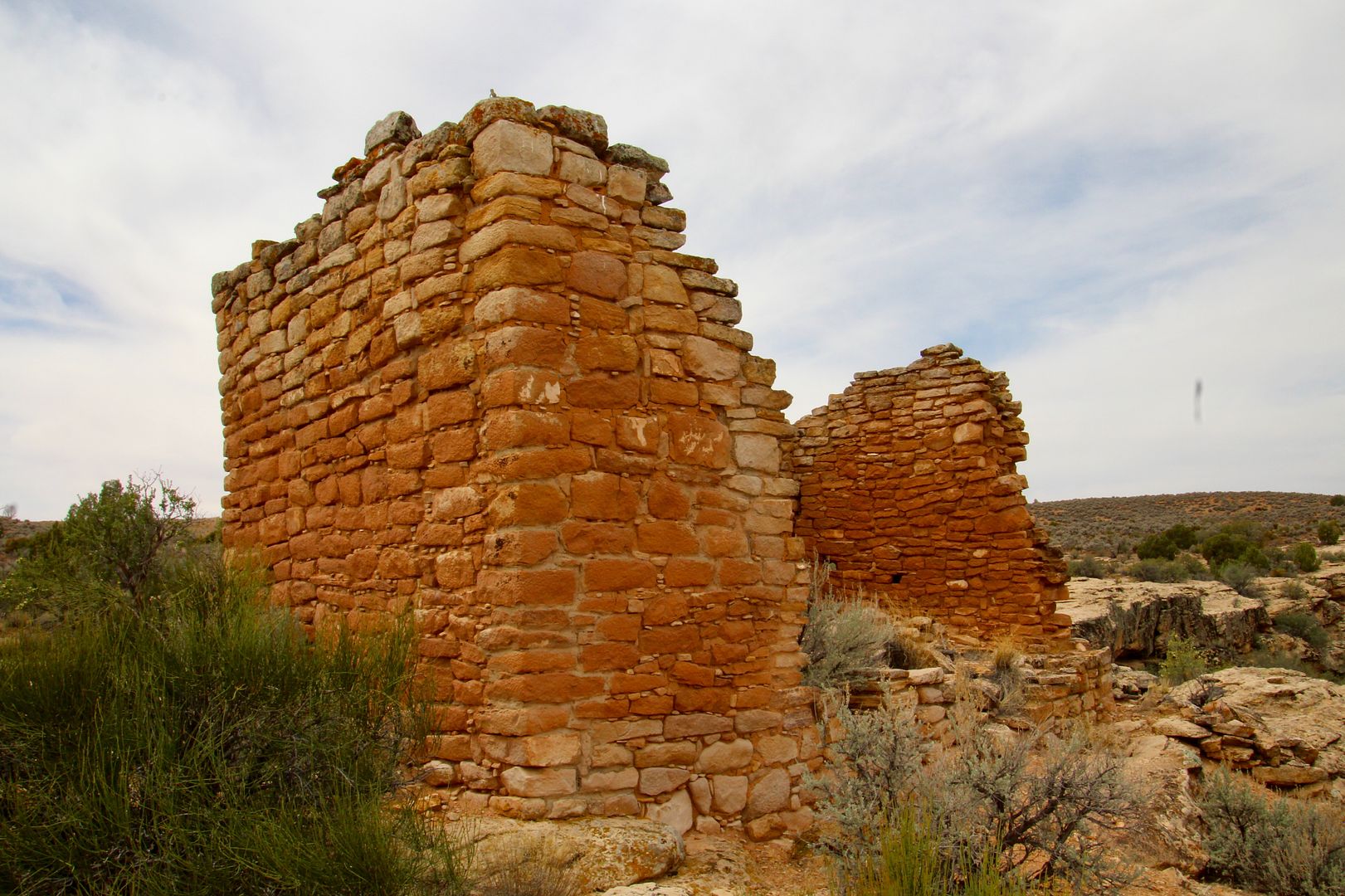

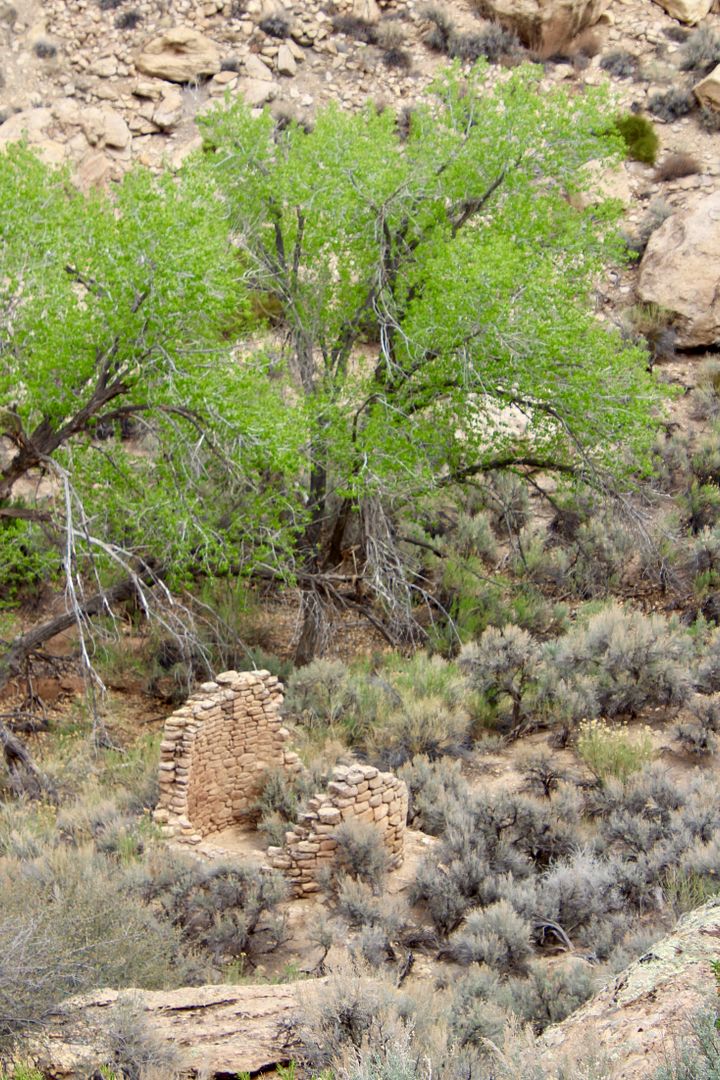
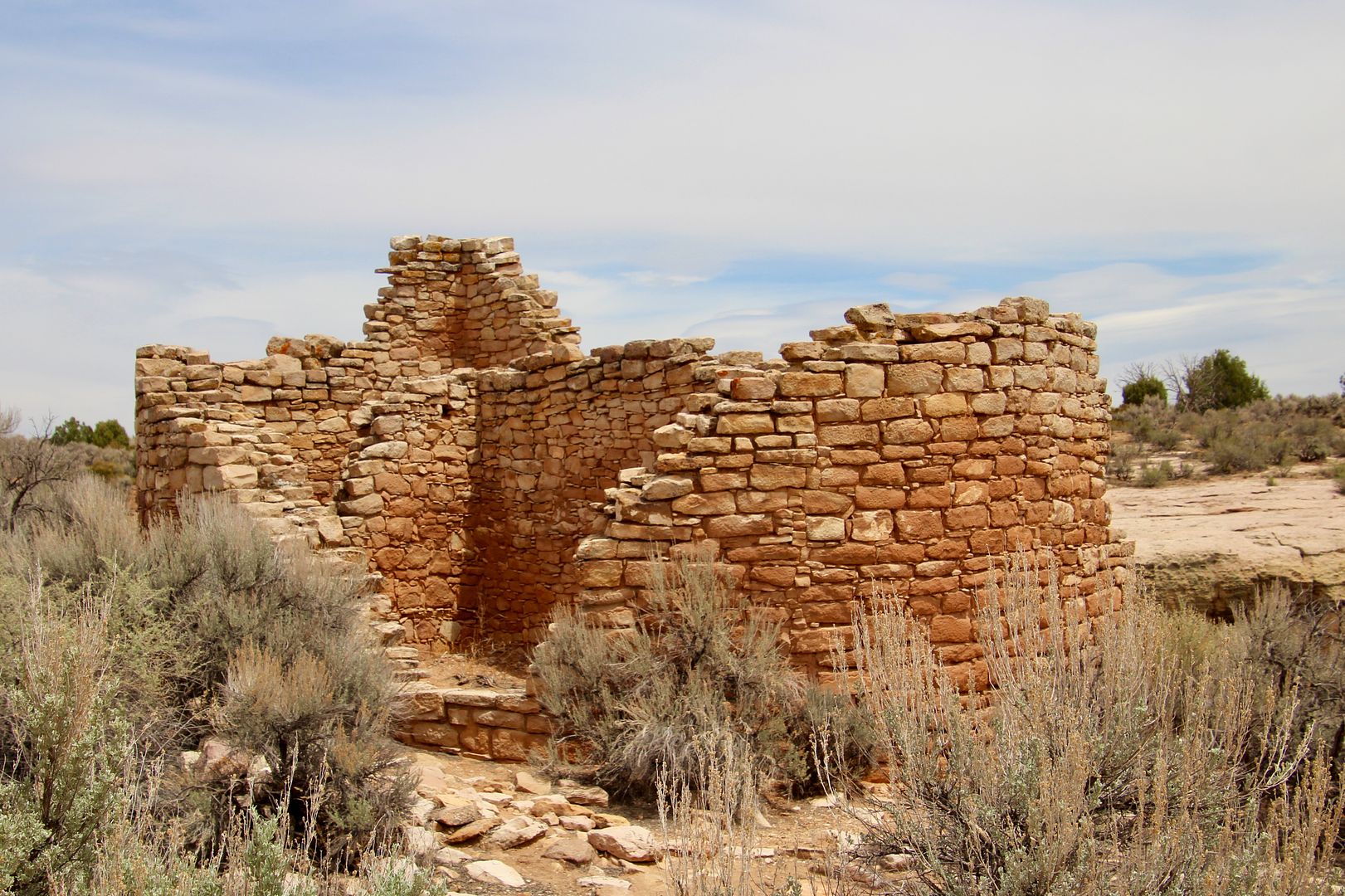
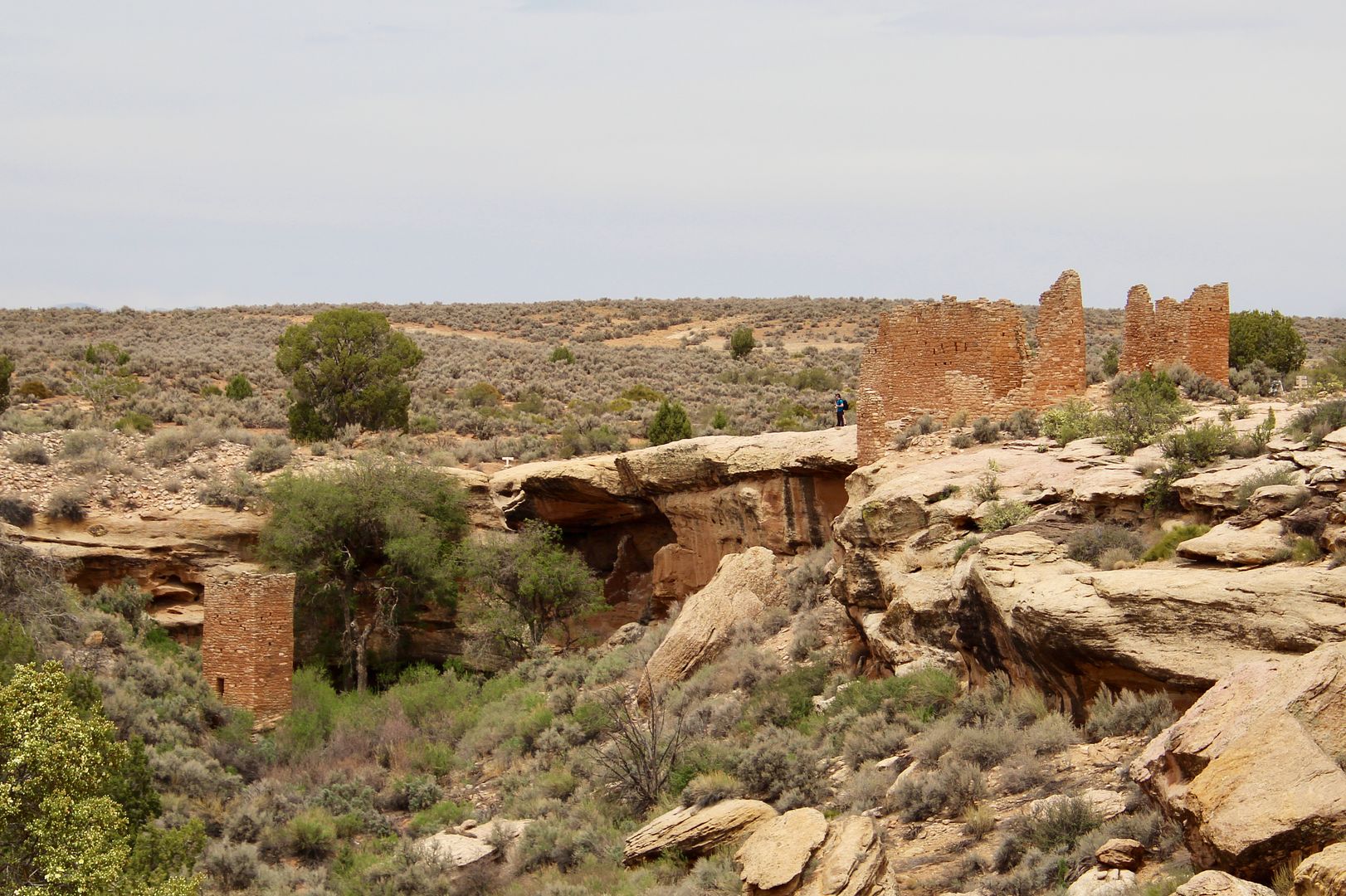
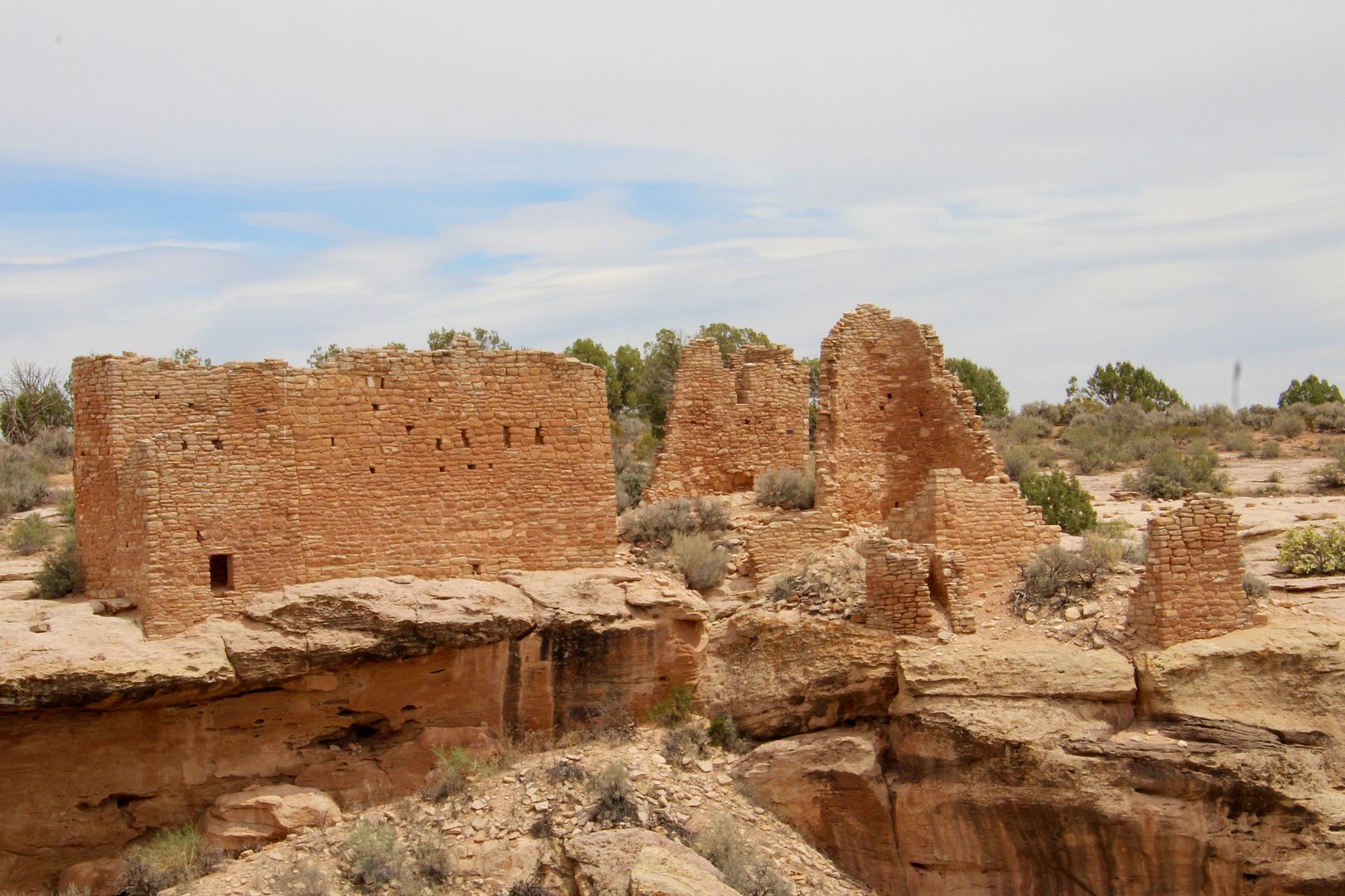
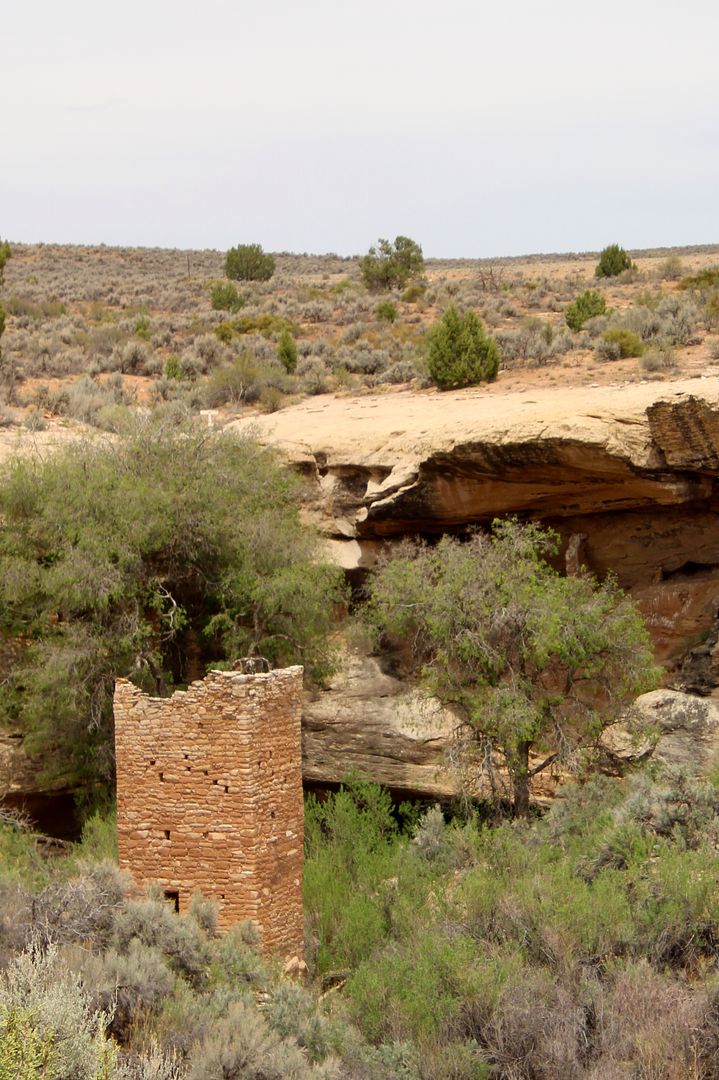
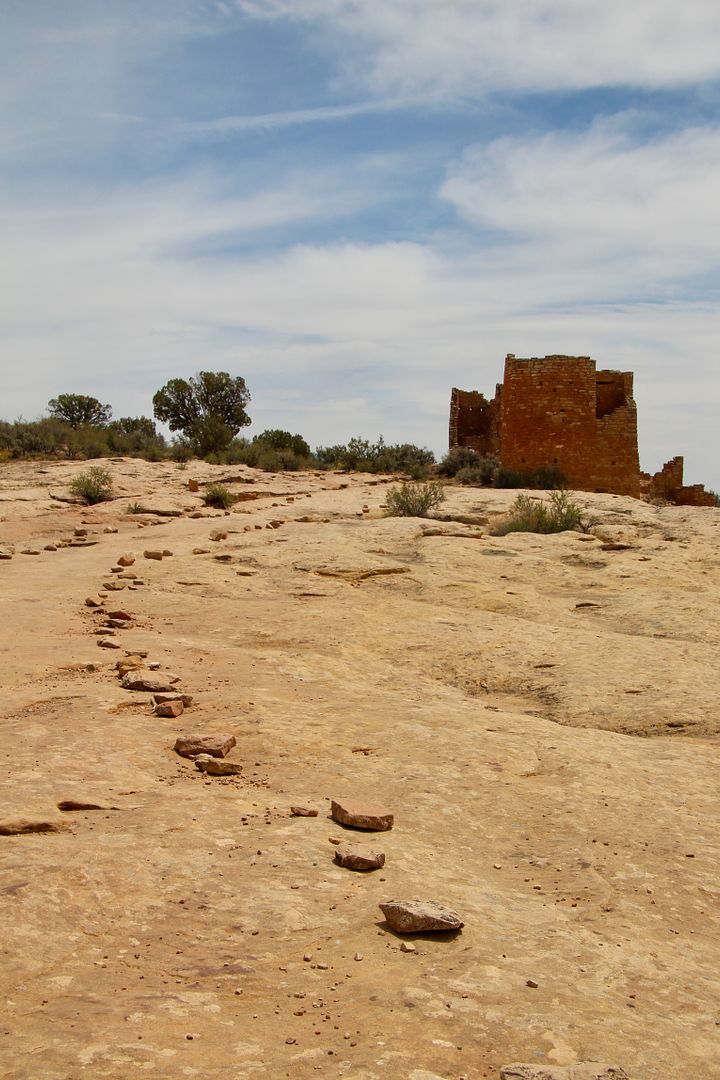
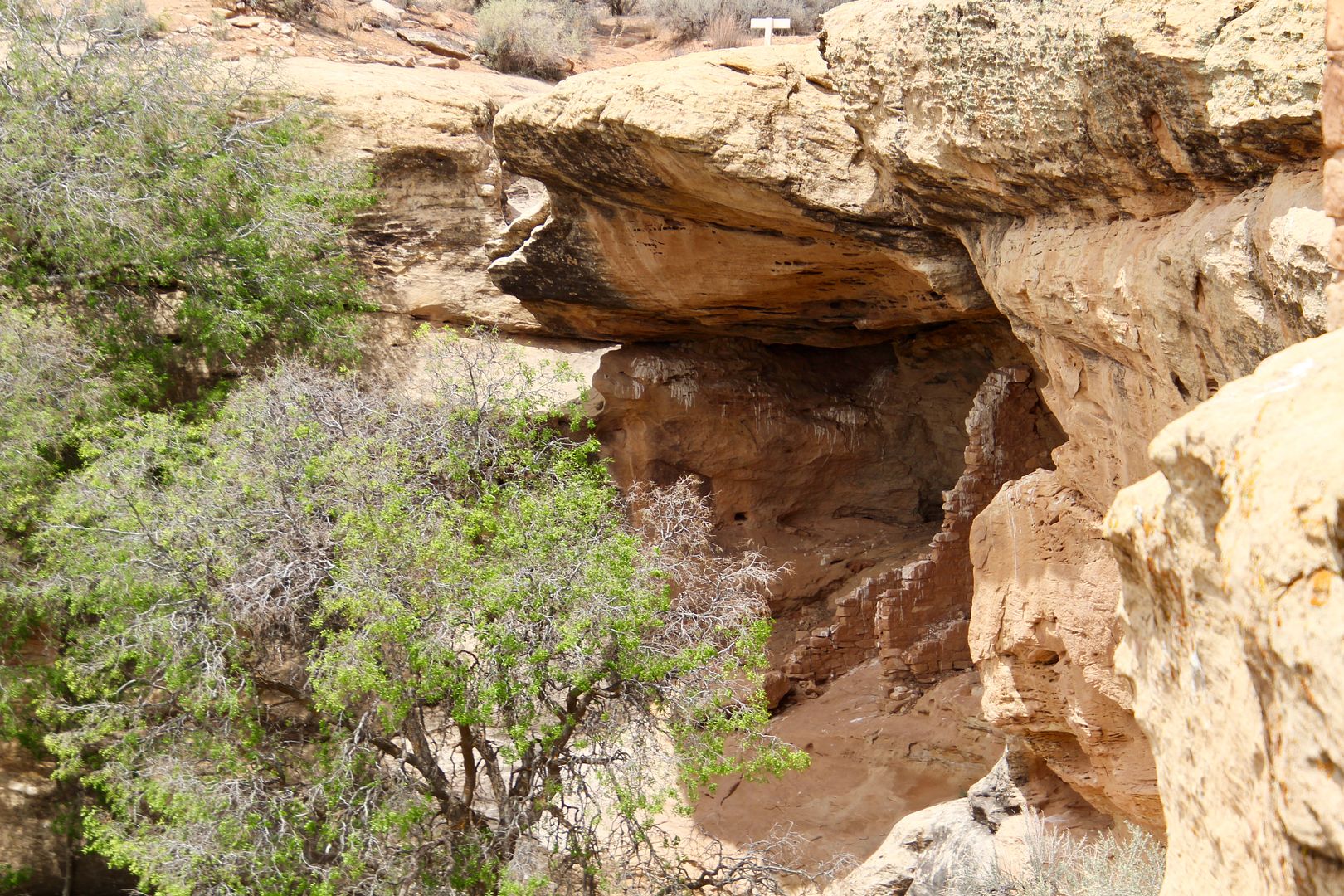
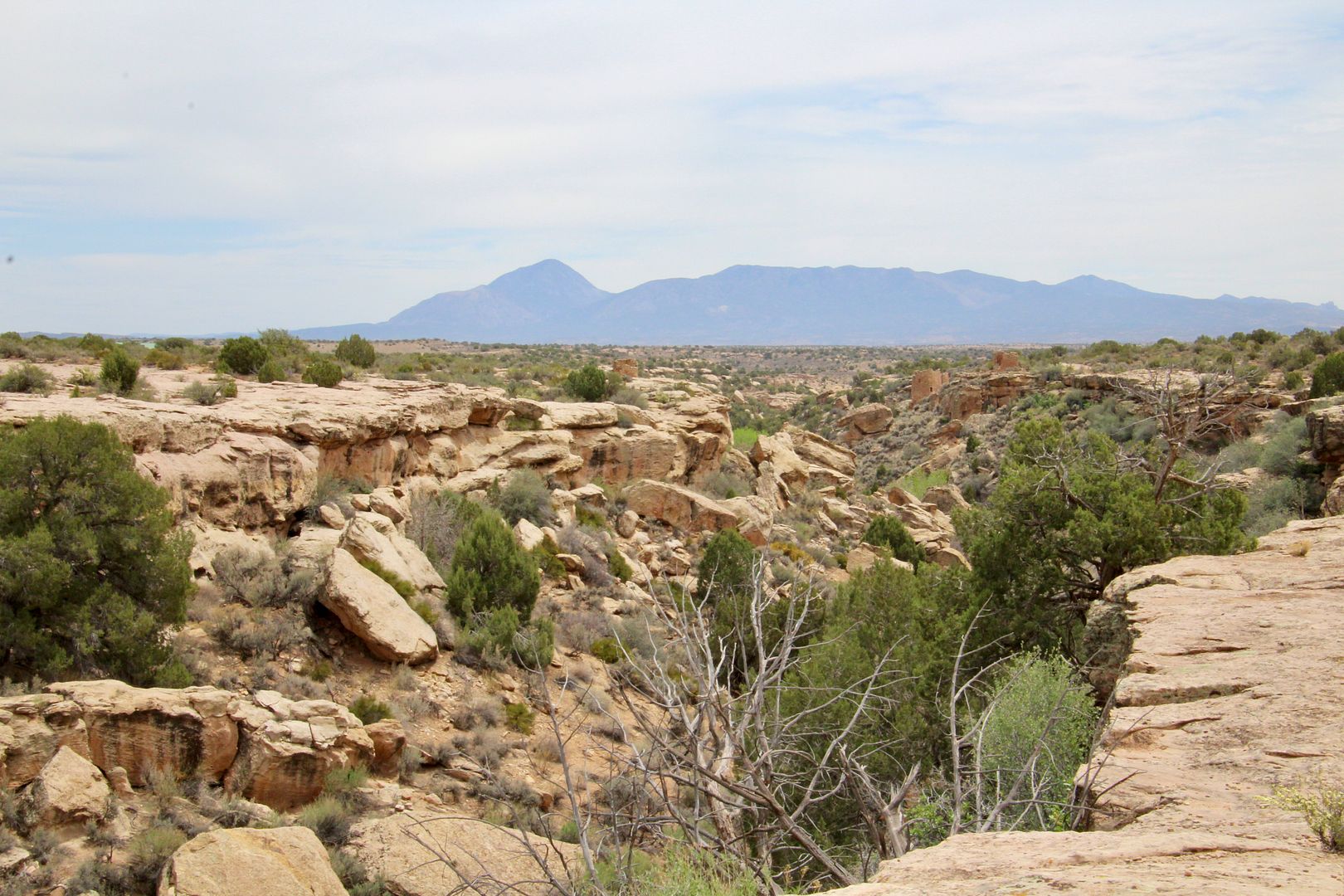
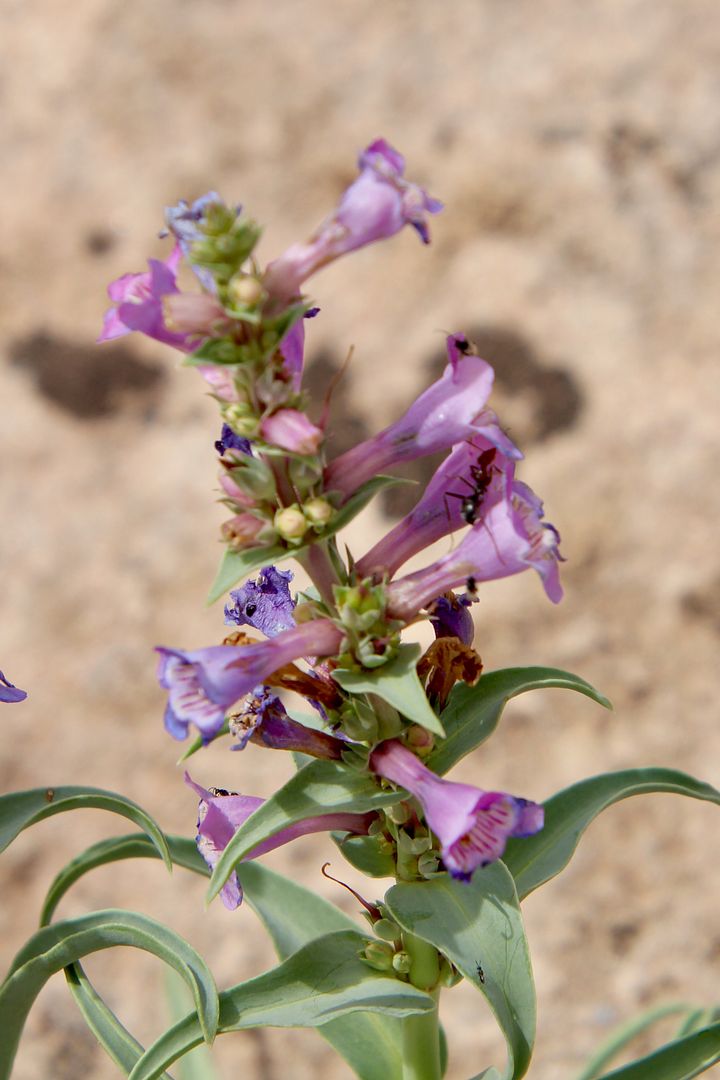
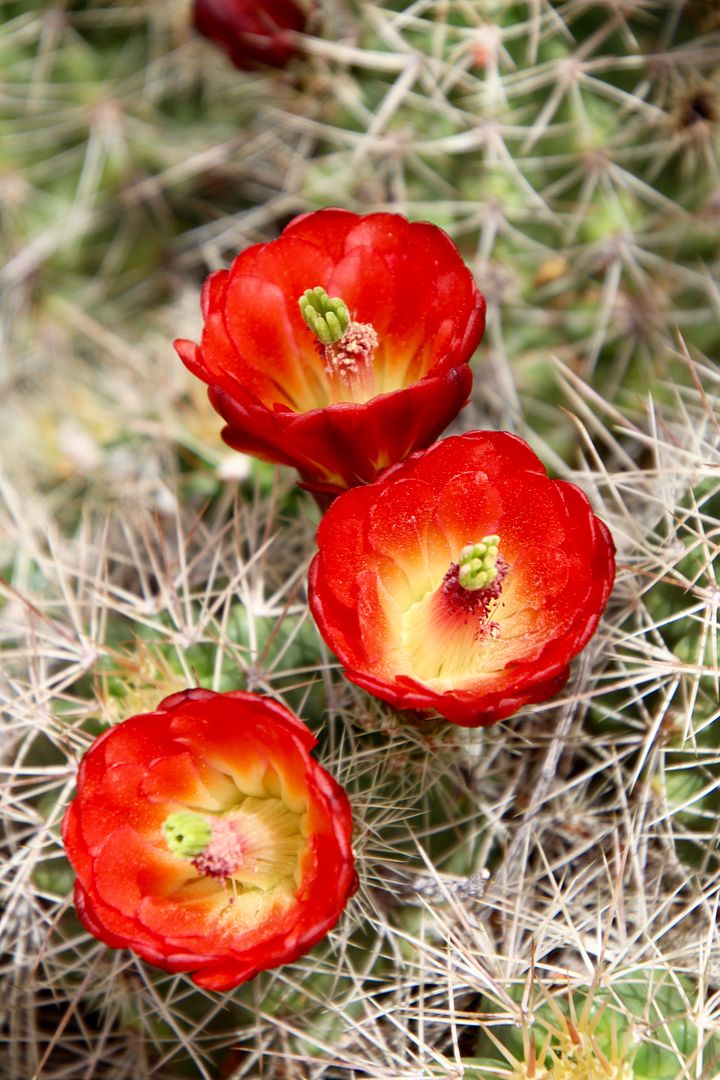

No comments:
Post a Comment